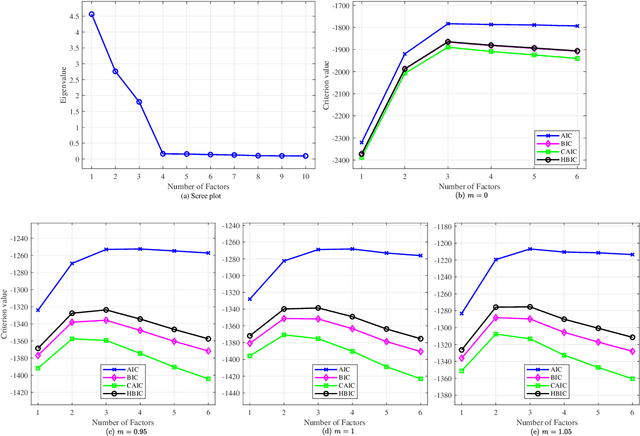Choosing the number of factors in factor analysis with incomplete data via a hierarchical Bayesian information criterion
Paper and Code
Apr 19, 2022



The Bayesian information criterion (BIC), defined as the observed data log likelihood minus a penalty term based on the sample size $N$, is a popular model selection criterion for factor analysis with complete data. This definition has also been suggested for incomplete data. However, the penalty term based on the `complete' sample size $N$ is the same no matter whether in a complete or incomplete data case. For incomplete data, there are often only $N_i<N$ observations for variable $i$, which means that using the `complete' sample size $N$ implausibly ignores the amounts of missing information inherent in incomplete data. Given this observation, a novel criterion called hierarchical BIC (HBIC) for factor analysis with incomplete data is proposed. The novelty is that it only uses the actual amounts of observed information, namely $N_i$'s, in the penalty term. Theoretically, it is shown that HBIC is a large sample approximation of variational Bayesian (VB) lower bound, and BIC is a further approximation of HBIC, which means that HBIC shares the theoretical consistency of BIC. Experiments on synthetic and real data sets are conducted to access the finite sample performance of HBIC, BIC, and related criteria with various missing rates. The results show that HBIC and BIC perform similarly when the missing rate is small, but HBIC is more accurate when the missing rate is not small.
 Add to Chrome
Add to Chrome Add to Firefox
Add to Firefox Add to Edge
Add to Edge